|
89. Apatura ilia (Denis & Schiffermüller, 1775) / Lesser purple emperor / Nymphalidae – Danainae
NL: kleine weerschijnvlinder / D: Kleiner Schillerfalter / F: petit mars changeant
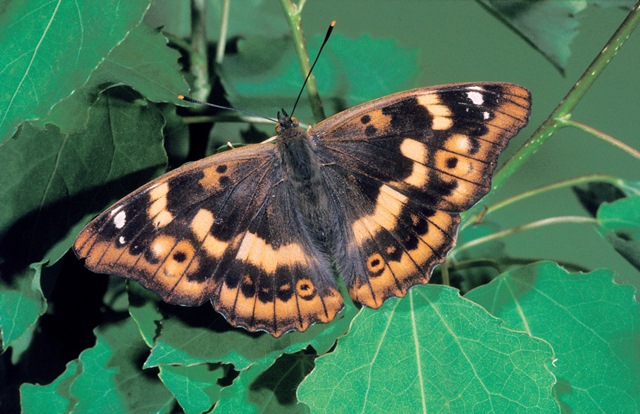 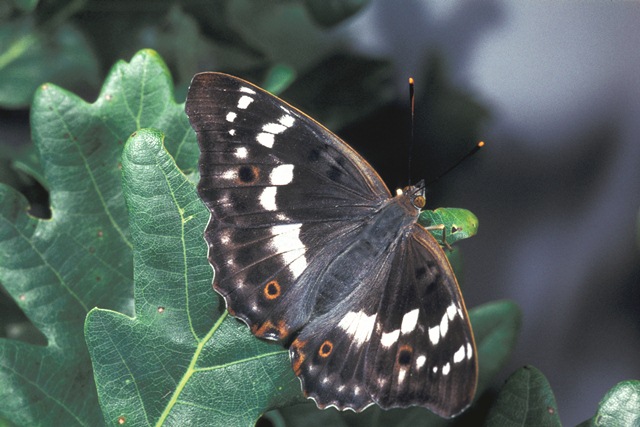 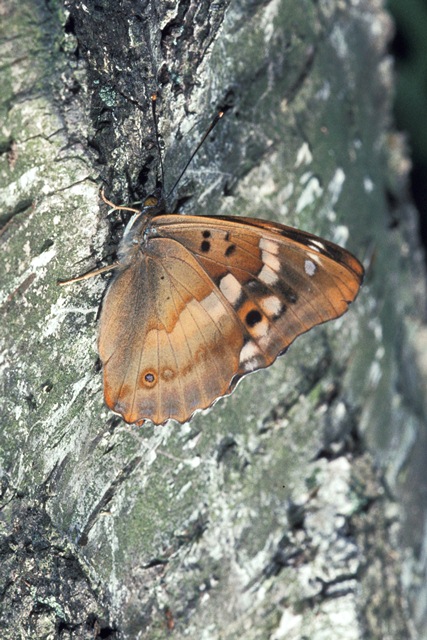
Photographs: Frits Bink ©.
Large, wing length 30 (28-32) mm. In the Benelux the species is known from many places in Luxemburg and the south of Wallonia, in the Netherlands only as a vagrant. It is an inhabitant of woods and copses, often encountered in places near brooks and rivulets.
Butterfly is on the wing from late-June until early-August, sometimes also in late-September.
It is known from sub-continental to continental climates, amplitude 8 to 16. Required heat sum 900°d, maximum tolerated 2000°d, corresponding climate windows 26 and 38 weeks.
The species of the genus Apatura are inhabitants of mixed landscapes. The configuration of the landscape features plays an important part in their ecology.
Ecological characteristics
Behaviour over time
Overwintering: larva in third instar in a fissure of the stem of a tree or shrub or in the litter layer at the base of the stem.
Reproduction: oviposition starts after 5-7 days when the body contains 63 (44-81) eggs, potential production 2.2 times as much.
Larval feeding periods: in summer and autumn 44 (32-57) days from mid-July until end-October, in next spring 43 (33-53) days from end-April until mid-June. In the case of a second brood the larval feeding period is about 32 days.
Generations: one, sometime followed by a partial second.
Spreading of risk: variability of diapause length.
Life cycle: egg 12 (6-14) days; larva 4-5 weeks or 26-47 weeks; pupa 16 (12-19) days.
Life span of adult: rather long, 3 weeks.
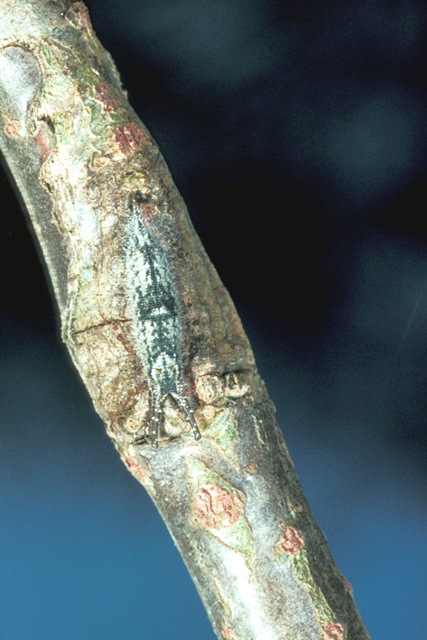 
Photographs: Frits Bink ©.
Behaviour in space
From stay-at-home to migrant: stay-at-home, spatial requirement considerable.
Finding a mate: male perches and patrols.
Orientation in the landscape: tall trees, edges of woodland, copses.
Oviposition: on the upperside of matures leaves.
Defence
Threats from other organisms: highly cryptic in the larval stage.
Threats from the environment: vulnerable to heat and drought in adult stage.
Feeding habits
Adult: fruit and juice in the tree canopy, rotten material on the ground.
Larva: young larvae eat special pattern in the leaves to obtain a good cryptic position.
Larval foodplants
Plant species: Salicaceae, Populus nigra, P. tremula, Salix alba, S. caprea, S. cinerea.
Journal
Rearing experiment based on specimens from Germany:
25 July 1984: eggs received.
26 July: egg hatched, second one hatched 29th.
1 August: one larva moulted L1-2.
3 August: second one moulted L1-2.
16 August-8-84: larva moulted again.
10 September: larvae in third instar, sat on leaf no feeding observed.
24 September: some feeding observed. The larvae had fixed places on the leaves in full sunshine and moved to a neighbouring leaf where they ate and then returned to their original places.
6 October: larvae fed occasionally but did not grow. 8 October: one larva was getting brown, the other was still green.
16 October: both larvae brown.
22 October: one larva had chosen its overwintering place: on the trunk in an s-shaped posture on a bud.
31 October: second larva did likewise.
Overwintered outdoors.
3 April 1985: one larva had crept to the top of a twig.
6 April: second followed in the same way.
19 April: both larvae were now green. They had been moved to a willow and started to feed immediately.
23 April: larvae in third instar and sat on a leaf.
6 May: larvae in moult L3-4.
20 May: larvae in moult L4-5.
6 June: first larva pupated.
13 June: second one pupated.
27 June: pupa hatched, male.
31 June: second one hatched, female.
6 July: dissected.
Table 89-1. Results of dissections

Table 89-2. Collection and observation localities
F, Aurel, 400 m, 44° 43’N – 5° 16’E; 29 August 1984, 2 September 1984.
F, Lorraine, Jaulny, 209 m, 48° 57’ 55”N – 5° 52’ 52”E; 29 June 2002, 8 July 2006.
F, Lorraine, Rupt devant Saint-Mihiel, 280 m, 48° 53’ 01”N – 5° 24’ 10”E; 28 June 2006.
F, la Motte Chalançon, 44° 28’ 40”N – 5° 22’ 23”E; 8 September 1982.
F, Pouillac, 45° 11’ 54”N – 0° 46’ 04”W; 29 September 1980.
Fig. 89-1. Apatura ilia, phenogram adapted from Fichefet et al. 2008: 163.
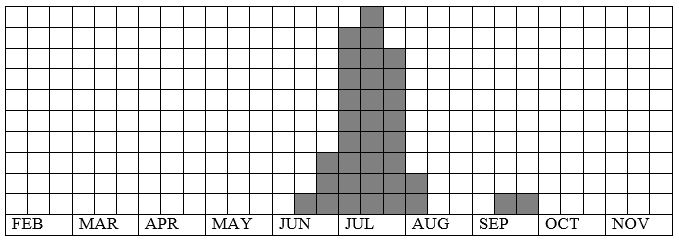
Fig. 89-2. Apatura ilia, habitat characteristics.
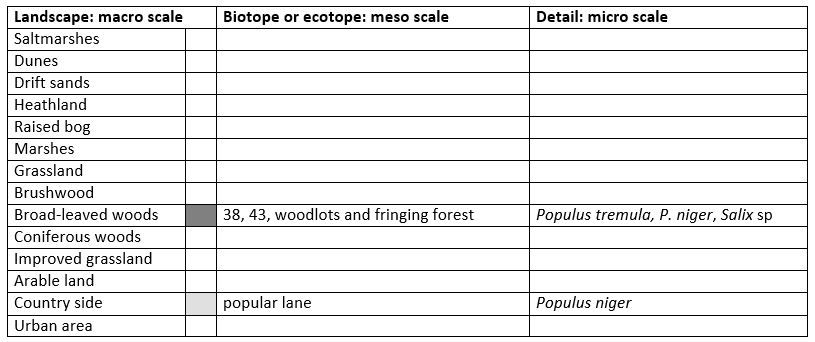
Fig. 89-3. Apatura ilia, climate matrix, heat-sums 900 - 2000°d.
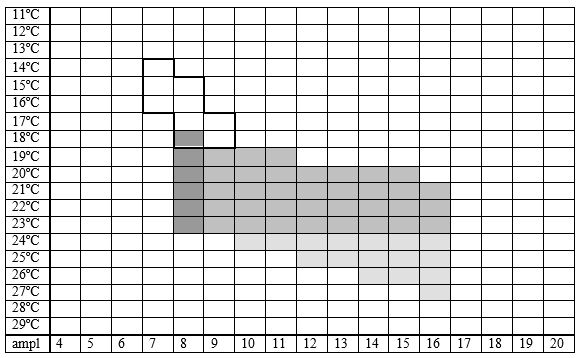
|










